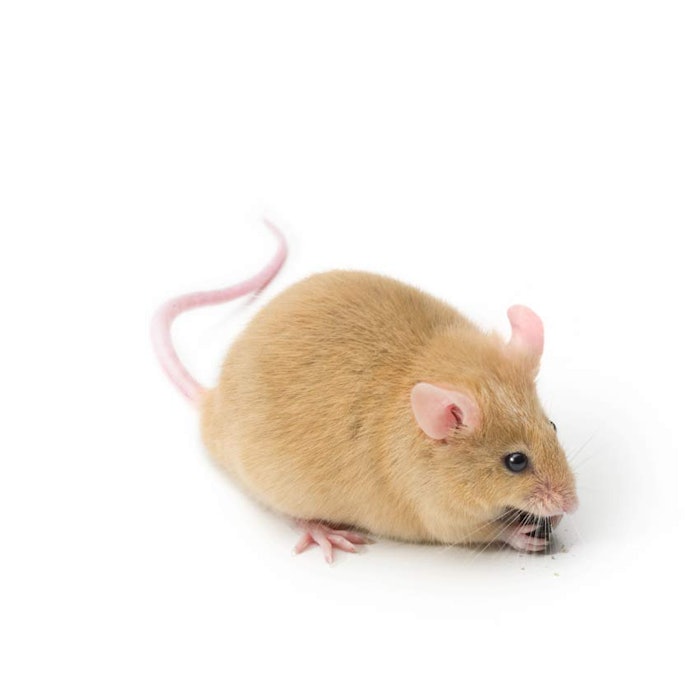
It may sound like a chapter out of a science fiction novel, but mice "avatars" are being used in groundbreaking melanoma research, which could help patients battling this deadly skin disease.
To identify escape routes and test therapeutic treatments that block the spread of melanoma, researchers at biomedical research company The Wistar Institute are using a method called patient-derived xenograft (PDX) mouse models to serve as avatars for patients. Researchers implant tumor samples from patients into mice, thereby creating avatars for individual patients. One tumor can be studied in a pool of mouse avatars, the institute said, which allows researchers to study different drugs and combinations of drugs to see how one type of tumor will respond.
Findings
“Historically, MET inhibitors have not shown much activity in melanoma patients,” Clemens Krepler, M.D., research assistant professor in the Herlyn Lab at The Wistar Institute and first author of the study said in a written statement. “While our findings need to be validated in more robust trials, this study provides evidence than MET inhibitors given either after or at the same time as BRAF inhibitors appear to successfully halt the progression of the disease and may considerably lengthen response and overall survival in melanoma patients.”
The recent findings were published in the journal Clinical Cancer Research.










